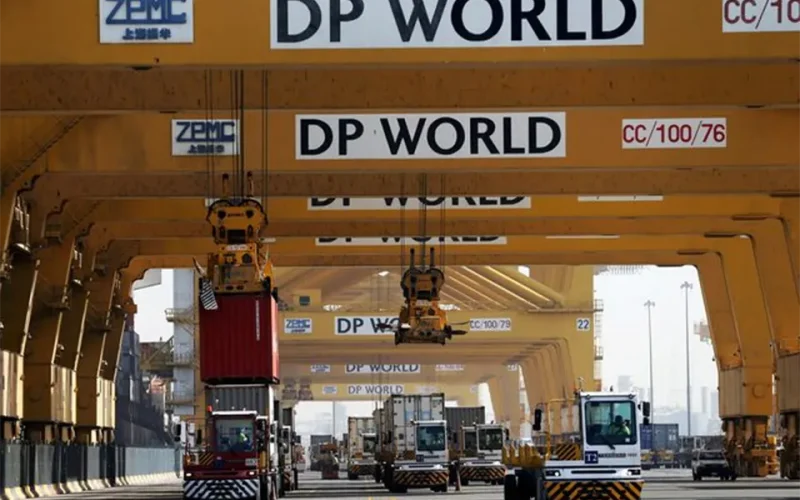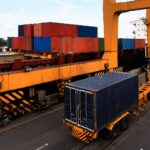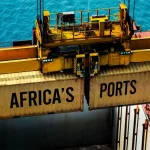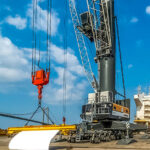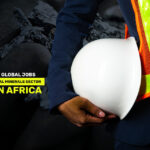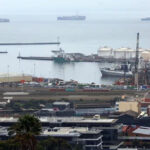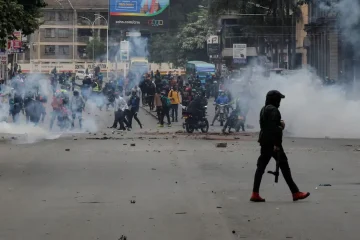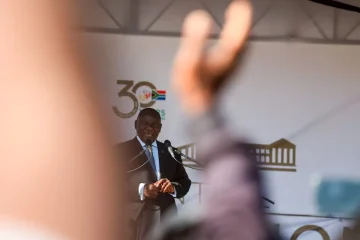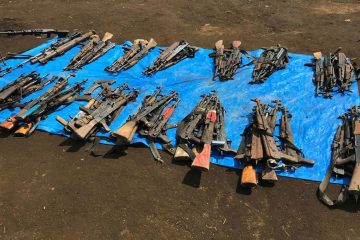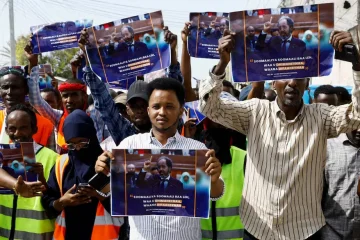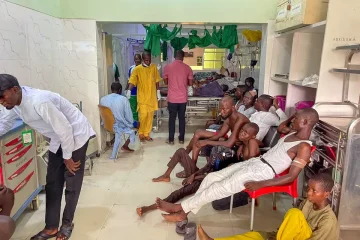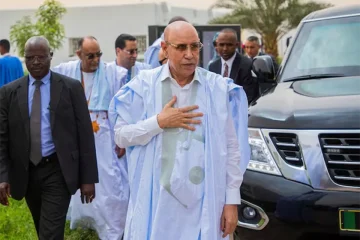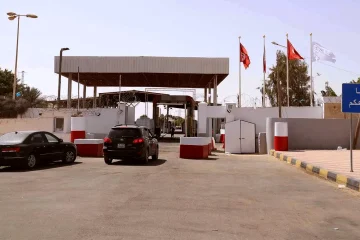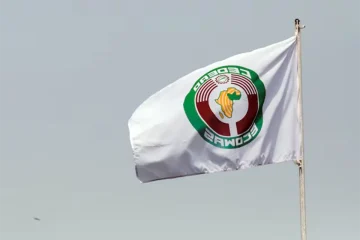DUBAI Ports World – commonly known as DP World – is planning to increase its already significant footprint in African ports with a US$3 billion investment over the next three to five years targeting new port infrastructure, according to the company’s CEO.
The move comes as the rising global demand for critical minerals in Africa drives significant investments into the continent’s freight and logistics sector. From ports to railroads, this surge in interest is attracting global investors eager to capitalize on the profitable opportunities in this burgeoning sector.
In an interview on Bloomberg TV, Mohamed Akojee, CEO and Managing Director of DP World, explained that the investment aims to cut the cost of logistics and supply chain across Africa. Those costs have traditionally been higher in Africa than in other global markets.
“Because of the relatively poor infrastructure, the logistics opportunity is huge in Africa …We’ve seen demand (for port services) increasing over the last few years, largely driven by electrification drive globally, and the demand for commodities like cobalt, lithium, and we’ve been beneficiaries,” he explained in the interview.
DP World operates ports and logistics centres in ten African countries—Algeria, Angola, Djibouti, Egypt, Mozambique, Nigeria, Rwanda, Senegal, South Africa and Tanzania — as well as in Somaliland, employing 27,000 workers.
DP World holds a 30-year concession at the port of Dar es Salaam after signing a US$250 million contract last year. The deal grants DP World control over four city dock moorings and shared control of another four with the Tanzania Ports Authority.
Yet DP World is not the only Emirati company ramping up investments into Africa’s ports. In 2022, the UAE announced an investment allocation totalling US$10 billion — most of which continues to go into port rehabilitation and upgrades across the continent.
Investments are flowing in from global investors, not just the UAE. This month, Indian multinational port operator Adani made its debut in African ports with a 30-year concession to manage Terminal 2 at the port of Dar es Salaam.
Major global maritime investors, including Maersk, Bolloré, CMA-CGN, China’s COSCO, DP World, Adani, International Container Terminal Services, and Hutchison Port Holdings, have significantly increased their investments in Africa.
More investments are on the horizon. A report by Agility earlier this year found that over 47% of surveyed logistics executives worldwide plan to increase their investments in Africa.
Experts attribute the growing investment interest in Africa’s freight and logistics sector partly to the increasing demand for the continent’s critical minerals.
“There is no question that Africa’s resources hold global significance. As global demand for these resources continues to rise, more companies are increasingly interested in understanding how to transport them efficiently,” Silvanus Aswani, a supply chain manager at the port of Lamu explains.
The critical minerals market doubled in five years, between 2017 and 2022, reaching US$320 billion, according to the 2023 Critical Minerals Market Review report by the International Energy Agency. Africa hosts substantial portions of these critical mineral resources.
The demand for these metals is projected to increase sharply, more than doubling by 2030 and quadrupling by 2050. Annual revenues are projected to reach US$400 billion, the IEA report details.
Apart from investments in ports, railroads especially those linking critical mineral hubs and ports are witnessing increasing investment interest from different stakeholders.
The Lobito Corridor, a 1300km long and close to 100-year-old railroad linking mineral-rich DRC, Angol and Zambia to the Atlantic Ocean has been making headlines in recent times with with investors pumping resources for its revitalization.
Last week (between June 13 and 15) the G-7 summit in Puglia, Italy, reaffirmed support for multi-billion-dollar infrastructure projects in Africa, including the Lobito Corridor. Italy announced it was joining the US and EU in their efforts to promote sustainable development along the corridor, committing up to $320 million for rail infrastructure and related projects. Italy also plans to synergize with the Alliance for Green Infrastructure in Africa (AGIA).
A complementary railroad in the same region, the Tanzania-Zambia Railway common as TAZARA is almost under discussion for a major upgrade with China through the China Civil and Engineering and Construction Corporation (CCECC) proposing to invest up to US$1 billion in its revitalisation.
Other recent notable investments in railway corridors linking mineral hubs to ports include the 600km TransGuinean Railway, connecting Guinea’s Simandou iron ore mine to the future port of Morebaya. The 600km long rail corridor is set for completion at the end of 2024, according to the International Rail Journal.
The proposed Trans-Kalahari Rail and Port project aims to create a 1,500km rail line from Botswana’s coal basins to a new coal terminal at Walvis Bay Port in Namibia. Currently, at the tendering stage, construction is expected to begin in 2025.

